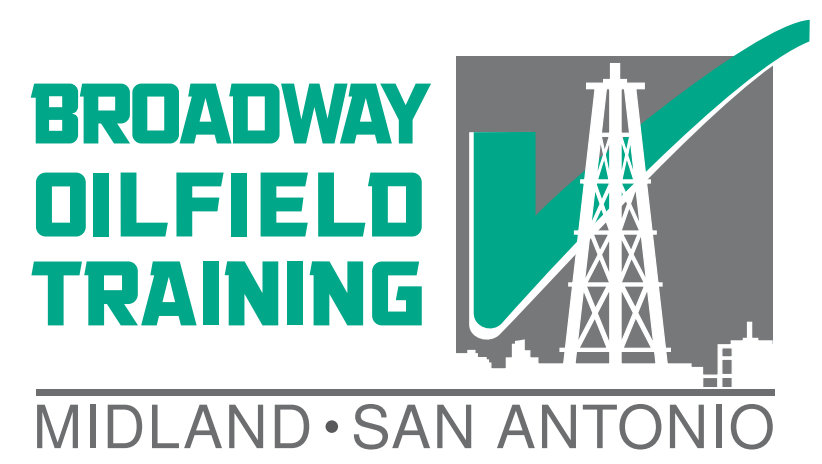The 2015-2016 period was characterized by a strong el niño, which is a warming pattern in the waters of the eastern Pacific Ocean. This warming pattern is temporary and causes wet summers and a milder hurricane season for Texas. The el niño has also decreased the amount of energy used in the United States as residential consumption of natural gas and heating oil is decreased. After a strong el niño a reversal to la niña, which is a cooling in the Eastern Pacific, is expected to occur. The la niña conditions should logically be the opposite of the el niño conditions.
Hurricanes
Whereas the strong el niño prevents many hurricanes from entering the Gulf of Mexico, switching to a la niña causes an increase to a normal or more than normal hurricane season.
In Texas and across the Gulf Coast, hurricanes are an unfortunate reality that must be prepared for. When a hurricane makes landfall, it creates flooding and wind damage. The disaster disrupts operations and, rarely, can damage facilities. The problem is particularly acute for offshore operators. Operators do not allow personnel to remain on the offshore facilities during a tropical storm. Anytime a storm begins entering the gulf they must consider suspending operations and abandoning the facility.
When these storms take large amounts of production offline, it causes the price of crude to increase temporarily. For those operations that have not been disturbed, this creates a small windfall. The damage to the gulf operators, however, can also exceed the increase gained by unaffected operations.
Winter Energy Demand
The winter weather in South Texas is rarely cold enough to bring the amount of snow and ice to disrupt oilfield operations. While the Texas winters are warmer during an el niño, the la niña winter promises to turn colder. This causes more demand for natural gas in the northern states as people have a larger need to heat their homes. The market for natural gas has been depressed for several years, meanwhile the producing capacity for natural gas is starting to peak. The combination of a colder winter, more gas-fired industrial plants, and gas exports may combine with declining gas production to cause a robust increase in the price of natural gas.
Dry Summer
This last point is the most uncertain, but since the el niño brought a wet and mild summer the la niña can be expected to bring a hot and dry summer. In Texas, hot, dry summers have a variety of safety challenges to watch for. These challenges include overheating equipment, heat illnesses, and wild fires.
Recommended Training: Rule 3.66 Winter Training
Notice: Article is provided as is and for informational use only. Eagle Ford Training San Antonio, its owners, instructors, and affiliates hereto referred as the company shall have no liability for and you shall defend, indemnify and hold harmless from and against any claim loss demand, liability, obligation, and expense based upon any injury or damage, spill or pollution, product liability, or any other loss that may occur. The liability for the use of information is solely yours notwithstanding any act of error or omission by the company.
This is a non-commercial portion of the eagleford.training domain for educational purposes only. Derivative works are used under fair use without endorsement from their author.
